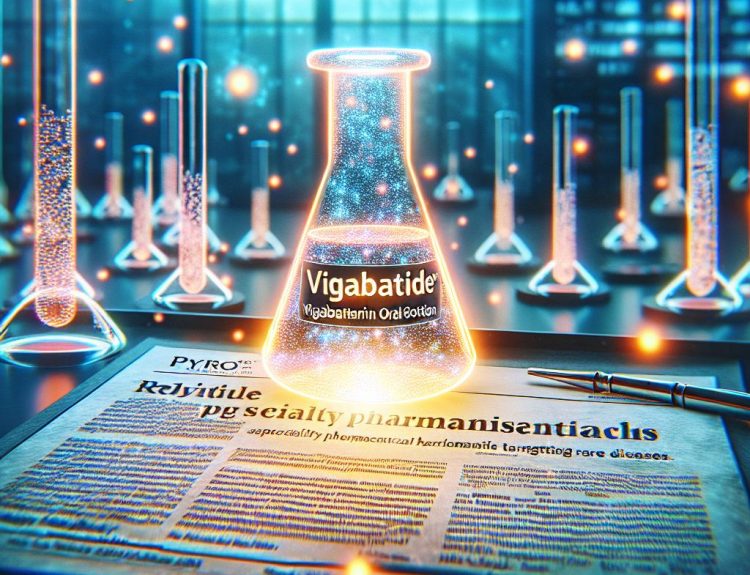ARV-102 delivered dose-dependent exposure in plasma and CSF, was well tolerated with no serious adverse events or discontinuations, and showed robust target engagement and pathway modulation. In healthy volunteers, repeated daily doses of at least 20 mg resulted in greater than 90% LRRK2 reduction in PBMCs and more than 50% reduction in CSF, accompanied by concordant decreases in phospho-Rab10 and urinary BMP. In patients with Parkinson’s disease, single doses achieved median PBMC LRRK2 reductions of 86% at 50 mg and 97% at 200 mg. Fourteen days of 80 mg once daily in healthy volunteers led to significant decreases in CSF lysosomal and microglial biomarkers previously elevated in LRRK2-associated Parkinson’s disease.
Arvinas presented the Phase 1 data from two studies at the MDS 2025 Congress, positioning ARV-102, an oral brain-penetrant PROTAC degrader of LRRK2, as a credible entrant in neurodegeneration. The company plans to read out initial data from a multiple-dose Parkinson’s cohort in 2026 and, pending these data and IND clearance, aims to initiate a Phase 1b study in progressive supranuclear palsy in the first half of 2026. The package provides Arvinas with a coherent PK/PD and biomarker narrative across healthy volunteers and patients, featuring CSF changes that support central target engagement at early time points.
Strategically, the move extends Arvinas’ protein degradation platform into the CNS, where differentiation against small-molecule LRRK2 kinase inhibitors could matter. Degradation affords deeper and potentially broader pathway suppression than kinase inhibition, which may explain the distal CSF proteomic effects after only two weeks. The flip side is modality risk: sustained LRRK2 loss-of-function raises class concerns regarding lysosomal trafficking in the lung and kidney, which prior inhibitors have had to manage. Additionally, degradation may not be benign if prolonged exposure is required for disease modification. The data strengthen the mechanistic case, but the clinical relevance of the observed biomarker shifts remains untested.
Operationally, this program will concentrate activity in specialized movement disorder centers capable of serial CSF sampling, intensive PK/PD draws, and complex sample logistics. Sites will require capacity for PBMC processing, standardized lumbar puncture workflows, and timely shipment of samples to central labs for proteomics. Sponsors and CROs should plan for genetic screening to identify LRRK2 variant carriers if enrichment is pursued, while keeping optionality to include idiopathic Parkinson’s if the CSF signature generalizes. Patient burden from lumbar punctures and frequent visits will pressure enrollment velocity, heightening the importance of pre-screening networks, eConsent, and home-health support for non-CSF assessments. Vendors with validated CSF proteomics panels, phospho-Rab10 assays, and digital motor endpoints are likely to be embedded early.
The external bar is set by ongoing LRRK2 inhibitor programs, notably the late-stage effort by Denali/Biogen. Positive inhibitor outcomes would raise the threshold for differentiation on safety, convenience, and depth of brain engagement; adverse outcomes would shift the burden back onto the LRRK2 hypothesis itself. For regulators, the early CSF changes are encouraging for target engagement, but they will not shortcut the need for clinically meaningful outcomes and longer-term safety, particularly pulmonary and renal monitoring over the course of months of dosing. In the near term, the multiple-dose Parkinson’s dataset is expected to clarify the durability of CSF LRRK2 degradation, dose-response in central biomarkers, and any emerging organ-specific signals. Design choices for the subsequent trial—genetic enrichment versus broader idiopathic inclusion, selection of functional and digital endpoints, and frequency of CSF sampling—will signal whether Arvinas is building toward a faster, genetically defined proof-of-concept or a broader disease-modifying path that demands longer timelines and higher operational complexity.
Jon Napitupulu is Director of Media Relations at The Clinical Trial Vanguard. Jon, a computer data scientist, focuses on the latest clinical trial industry news and trends.






